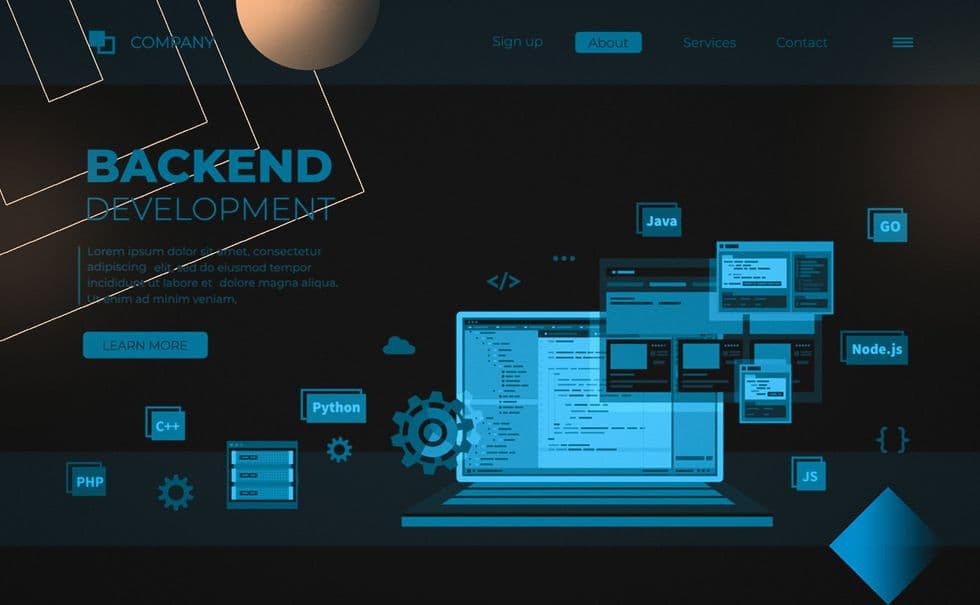Introduction
Next.js has rapidly become a go-to framework for web developers, offering a powerful and intuitive way to build modern web applications. In this comprehensive guide, we'll take a deep dive into mastering Next.js, covering everything from the basics to advanced features. Whether you're new to web development or looking to enhance your skills, this guide will provide you with the knowledge needed to confidently use Next.js in your projects.
Table of Contents
- Getting Started with Next.js
- Understanding the Next.js Folder Structure
- Routing in Next.js
- Data Fetching Strategies
- Styling in Next.js
- Working with API Routes
- Optimizing Performance
- Deploying Next.js Applications
1. Getting Started with Next.js
Next.js simplifies the process of building React applications by providing a robust framework with built-in conventions. To start, make sure you have Node.js and npm installed. Create a new Next.js app using the following commands:
npx create-next-app my-next-app
cd my-next-app
npm run dev
This sets up a basic Next.js app, and you can access it in your browser at http://localhost:3000.
2. Understanding the Next.js Folder Structure
Next.js follows a convention-based file structure that organizes your project logically. Key folders include pages, public, and styles. The pages folder contains React components representing your routes.
my-next-app/
|-- pages/
| |-- index.js
| |-- about.js
|-- public/
|-- styles/
3. Routing in Next.js
Next.js simplifies routing. Create pages inside the pages folder, and they automatically become accessible at their corresponding paths. For example, a file named about.js in the pages folder will be accessible at http://localhost:3000/about.
// pages/about.js
import React from 'react';
const AboutPage = () => {
return (
<div>
<h1>About Us</h1>
<p>This is the about page content.</p>
</div>
);
};
export default AboutPage;
4. Data Fetching Strategies
Next.js provides different strategies for fetching data, catering to both static and dynamic content. Use getStaticProps for static data at build time and getServerSideProps for dynamic data at request time.
// pages/index.js
import React from 'react';
const HomePage = ({ data }) => {
return (
<div>
<h1>Home</h1>
<p>{data}</p>
</div>
);
};
export async function getStaticProps() {
const data = 'Static data fetched at build time.';
return {
props: { data },
};
}
export default HomePage;
5. Styling in Next.js
Next.js supports various styling options. You can use CSS modules, styled-components, or a combination. Here's an example using CSS modules:
// styles/Home.module.css
.container {
max-width: 800px;
margin: 0 auto;
}
// pages/index.js
import React from 'react';
import styles from '../styles/Home.module.css';
const HomePage = () => {
return (
<div className={styles.container}>
<h1>Styled Home</h1>
</div>
);
};
export default HomePage;
6. Working with API Routes
Next.js allows you to create API routes easily. Simply create a pages/api directory and add your API routes as individual files.
// pages/api/hello.js
export default (req, res) => {
res.status(200).json({ message: 'Hello, Next.js API!' });
};
7. Optimizing Performance
Next.js includes features to optimize performance, such as automatic code splitting, client-side navigation, and image optimization. Leverage these features to create fast and efficient applications.
8. Deploying Next.js Applications
Deploying a Next.js app is straightforward. You can use platforms like Vercel, Netlify, or deploy to your preferred hosting service. Connect your repository to the deployment platform, and your app will be live in no time.
Conclusion
In this guide, we've covered the fundamentals of mastering Next.js, from setting up a new project to deploying a production-ready application. Next.js provides a seamless development experience with powerful features, making it an excellent choice for both beginners and experienced developers. As you continue your journey with Next.js, explore its rich ecosystem and stay updated with the latest advancements in the framework. Happy coding!




